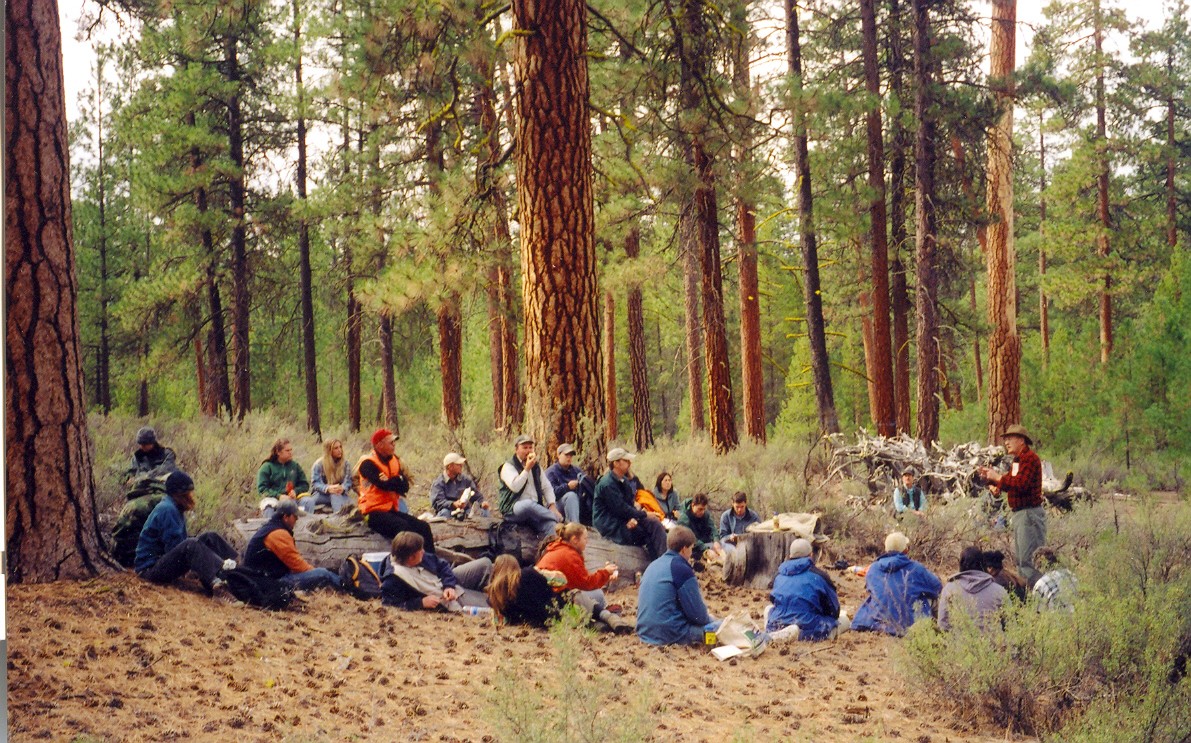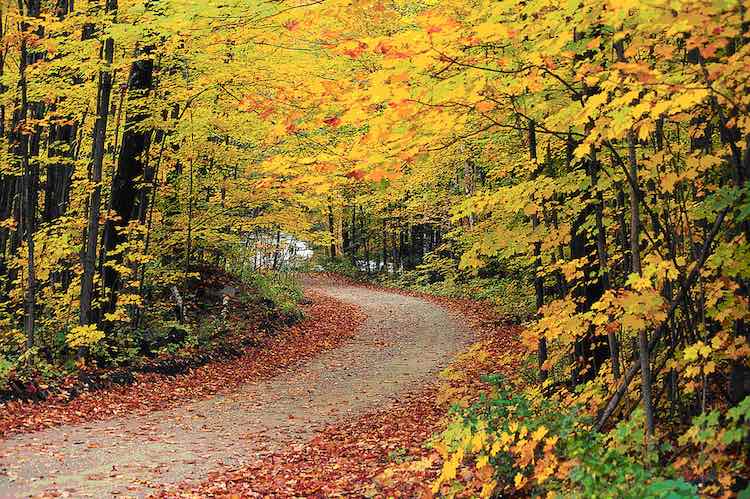The full video of Treesource’s event: 2017: How Do We live with Fire. This event was recorded by Missoula Community Access Television (MCAT) in the UC Theater at the University of Montana in October 2017. Panelists include: Sarah Coefield, Emily Rindal, Colin Hardy, Phil Higuera, Matt Arno, Bob Yokelson, Greg Poncin, Bill Avey, Chris Bryant. The panel is moderated by Frank Allen.
Diverse panelists to examine 2017 wildfire season at Tuesday, Oct. 24 event

A diverse panel of nine professionals whose work involves wildfires and land management headline a Tuesday, Oct. 24 examination of this year’s wildfire season.
Sponsored by Treesource, the free public event will be held at the University of Montana’s University Center Theater. A pre-event reception is set for 6:30 p.m., with the panelists’ presentations beginning at 7 p.m.
The event will be streamed live via Treesource’s Facebook page for those who cannot attend in person. A video of the entire event also will be posted on the Treesource YouTube channel. [Read more…]
Still the provocateur: Jerry Franklin says Northwest forests need more logging

Editor’s note: As summer’s wildfires reluctantly release their hold on the landscape, the debate over the future of Western forests is vigorous this fall. That conversation includes a reassessment of the Northwest Forest Plan and the re-emergence of one of its chief authors. Science magazine writer Warren Cornwall recently spent some time with University of Washington ecologist Jerry Franklin and has this fascinating report. You’ll find that the passage of time has made Franklin no less the provocateur.
WESTERN OREGON — Jerry Franklin has spent much of his life in the company of giants. From his childhood in the woods of Washington state to a scientific career that catapulted him to international prominence, the towering trees of the U.S. Pacific Northwest have shaped his world. In the 1980s, the forest ecologist became a hero to many conservationists thanks to research that helped lead to a controversial 1994 plan protecting millions of hectares of old-growth forests in the Pacific Northwest from logging.
But one morning this past summer, Franklin stood on a dirt road in southwest Oregon gazing at a logged hillside that was the antithesis of a lush, old-growth forest. The chainsaws had left stumps, piles of tangled limbs, and a smattering of standing trees, along with bushes and grass. “The scene of the crime,” he declared, with a hint of irony.
Beyond the flames: An insider’s view of the 2017 wildfire season
Harvard report: New England losing 24,000 acres of forest a year

New England states need to triple the rate at which forest land is conserved – or risk losing a campaign to protect millions of acres from residential and commercial development, according to a new report by researchers at Harvard University and the University of Vermont.
The region is losing nearly 24,000 acres of forest a year.
In 2010, the same group of scientists established a regional goal – called Wildlands and Woodlands – to conserve 30 million acres of forest and 2.8 million acres of farmland by 2060. That’s about 70 percent of the land in New England.
But rather than an increased commitment, public funding for conservation across New England has dropped by 50 percent in recent years – to about $62 million a year, or lower than 2004 levels. The region has achieved about one-third of its long-range conservation goal. [Read more…]
- « Previous Page
- 1
- …
- 3
- 4
- 5
- 6
- 7
- …
- 9
- Next Page »
